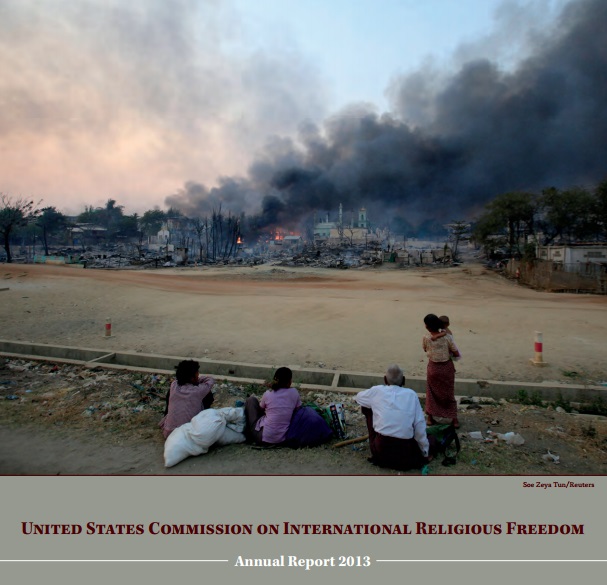“Haram! That was the first word the bawab on Mecca Street said after asking my nationality. When he heard the word “Denmark he smiled and lifted his index finger in a teasing, yet serious way. Even he knew that the small Scandinavian country, with a population that could easily fit in Shoubra, had marked itself as the antithesis of everything the Muslim world represents.
The reprinting of the controversial Prophet Mohamed cartoons almost a month ago has once again revived a tense debate in Europe and the Middle East about freedom of expression and Islamophobia. The details of the affair have been disseminated to an almost painful extent in both regions and although the peek of the crisis – for the second time – seems to have passed, there are still no real signs of reconciliation.
The fact that the nature of this debate is little different from the debate taking place when the cartoons were first printed, shows that political will for constructive and solution-oriented thinking is fragile if not non-existent.
Living in a Muslim country, it is easy to see how the cartoons can be perceived as offensive, mainly because of the derogatory content, but also from whole attitude in the way the crisis has been handled.
This includes the lack of self-assessment and acknowledgment of the harm the cartoons have caused millions of people and the stubborn conviction that offensive portrayals of the Prophet is the best way to crystallize the concept of freedom of expression and the belief that shoveling it down the throats of others is the only way to export this important democratic concept.
Being born and raised in Denmark, and thus knowing the jovial and un-dramatic ‘lets-talk-about-it-over-a-cup-of-coffee’ mentality of the Danes, it is equally easy to understand how shocking it must have been for the country to wake up one morning to find its flag burning and its embassies being evacuated because of something which, to most Danes, would seem as just another random media gimmick amongst millions of others.
As a person who has one foot planted in the brown soils of Denmark and the other in the golden sands of Egypt, the story of the cartoons is a story of two rationales stuck in a mutual monologue at best and in manifest hatred at worst.
The “clash of civilizations or “childishness of civilizations as the Independent s Robert Fisk first phrased the crisis, has been one of the most recited analytical frameworks since the cartoons were first published in 2005. The ongoing crisis has, moreover, been extremely efficient in setting back all attempts of intercultural dialogue and ultimately served to undermine the whole project of global multiculturalism.
There is no question that much has been lost as a result of the cartoon crisis – be it in the form of export revenues, intercultural trust or human lives. But in these days of joy and celebration of the Prophet s birthday, it may be a good time to sit back and ask ourselves if we want this state of affairs to continue, and if not, what can we do change it.
The intercultural dialogue has failed exactly because of this framework of two in-combinable clashing civilizations. By focusing exclusively on macro-level concepts – be they culture, religion or nationality – we fail to see the very core of the crisis: real people of flesh and blood with opinions and feelings.
By boxing culture and religion into rigid stereotypes, we fail to see the immense diversity of identities that exist within the Muslim communities as well as the Western ones. We also fail to acknowledge that this crisis is not the result of single-minded logic or decision-making. Rather, it is the result of a cobweb of coincidences, interests and actions that have come together to form an almost organic entity and is currently kept alive by conservative interests on both sides. Finally, and most importantly, we fail to acknowledge the one thing that we all have in common: a belief in the dignity of the human being.
By deconstructing the perception of two contrasting civilizations clashing against each other and shifting the focus towards individual human beings, the cartoon crisis has potential of becoming a window of opportunity for all of us, an opportunity to see the other face to face instead of through the arbitrary barriers of nationality, culture and religion. It also becomes an opportunity to acknowledge that it is not nationality, religion, culture or any other concept that defines us as people. It is the people who define the concepts.
In realizing this, we can establish the foundation for real dialogue; a dialogue from which sincere understanding and appreciation of the diversity of human forms of expression can be derived. This understanding is an absolute necessity for mindless and ignorant stereotypes, such as these cartoons, to stop.
Pointing his index finger and smiling, the bawab on Mecca Street clearly embodied this appreciation and understanding. It is with bawabs like him that true dialogue begins.
Marianne Rasmussen is a Cairo-based communications specialist and commentator.





